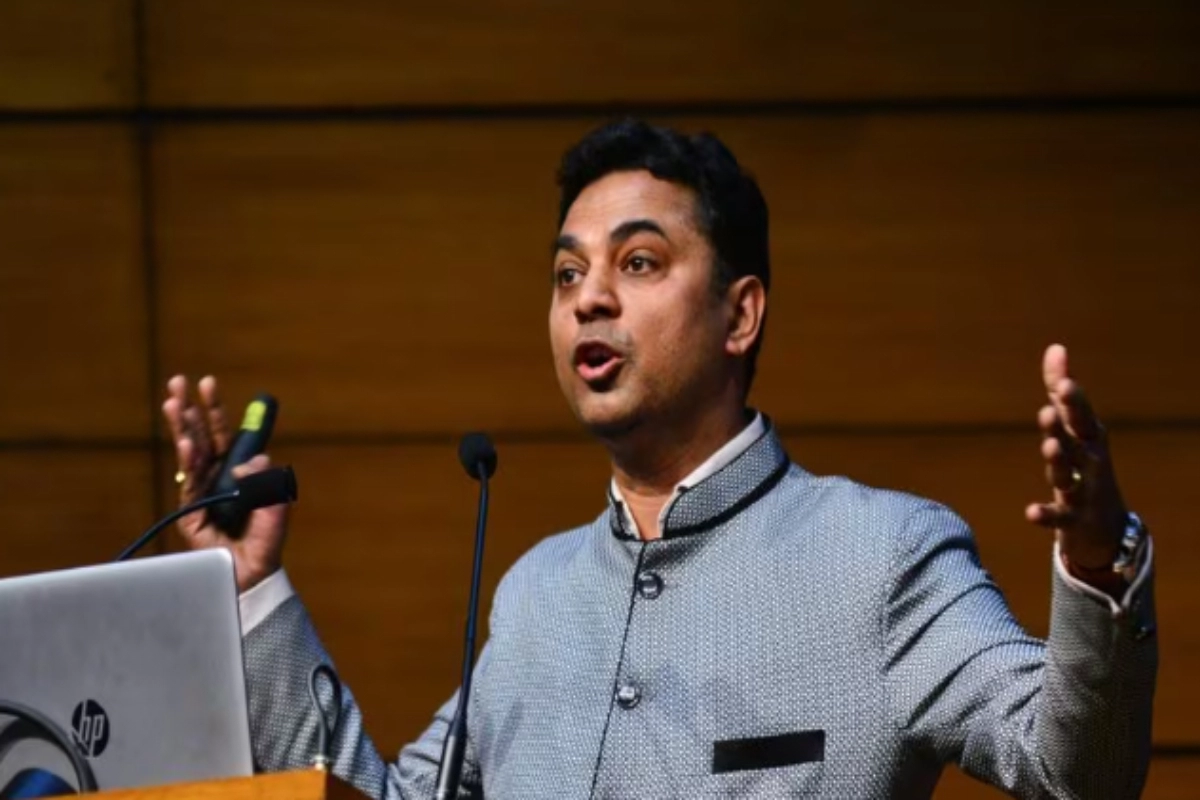Indian Economy: KV Subramanian, the Executive Director of the International Monetary Fund (IMF) and a former Chief Economic Advisor to the Indian government, discussed the benefits of India’s GDP development for the employment situation in an exclusive conversation with ANI. Subramanian stressed that there have been notable advancements in India’s employment quantity and quality, as evidenced by the trustworthy data from the Periodic Labour Force Survey (PLFS).
Subramanian said, “During the lockdown and during the second wave, the employment situation did worsen and this is something that is very clearly shown in the PLFS data which further enhances the trustworthiness of the PLFS data but if you look at overall now, the employment situation has improved significantly and has become better compared to pre COVID levels”.
A Positive Surge in Salaried and Regular Employees
Subramanian claims that the PLFS data shows a notable increase in the number of salaried and regular employees, which increased from 11.5 crores in 2017–18 to 13 crores, indicating a 13% improvement. With a considerable increase of 29.4% among girls and an 8.8% rise among males, this favourable trend was evident in both groups. Additionally, there was an increase in formal employment of 1.2 crores, or 25.3%.
Significant Drop in Unemployment Rate
Additionally, Subramanian noted that between 2017–18 and 2019–20, the unemployment rate (UR) in normal status dropped from 6.0% to 4.8%. The worker-population ratio (WPR) climbed from 46.8% to 50.9 percent, while the labour force participation rate (LFPR) increased from 49.8% to 53.5%. These gains were seen in both urban and rural settings, and in males and girls alike.
Formal Sector Employment Sees Steady Growth
Subramanian emphasised the current trends, pointing out that employment in the formal sector grew from 5.9 crores in 2019–20 to 6.3 crores in 2022–2023—a continuing upward trend in the employment sector. He underlined that the statistics unmistakably shows that employment in India is growing in both number and quality. Subramanian said, “If you look at the formal sector employment it has increased from 5.9 crores in 2019-20 to 6.3 crores in 2022-23. This is clearly illustrative of the quality of employment increasing if you look at the quantity of employment and these are measured using the unemployment ratio, the labour force participation rate and the worker-population ratio”.
Employment Rate Reaches a Five-Year Low
Subramanian added, “It’s very clear you know, the quantity of employment has also improved significantly with the employment rate with the unemployment rate being a five-year low at 3.2 per cent. The Labour Force Participation ratio (LFPR) increased from about 50 per cent as of 2017-18 to about 58 per cent in 2022-23 and the worker population ratio also registered similar significant increases”. Furthermore, Subramanian emphasized—citing statistics from the PLFS—the relationship between GDP growth and employment. He underlined that employment growth also sees a favourable spike as GDP growth improves, demonstrating the relationship between economic progress and job prospects in India.
Subramanian’s Critique of CMIE Statistics
Subramanian said, “We have very carefully examined the methodology and shown that the CMIE data is not reliable and therefore, any of the previous statistics on employment that CMIE released even this statistic is completely at variance with what the PLFS data is showing. There is a lot of evidence for India and the rest of the world that when the GDP growth improves, employment growth also improves and employment and GDP growth go hand in hand. And this is something that is found in the PLFS data. But in contrast in the CMIE data, it is exactly the opposite”.
Keep watching our YouTube Channel ‘DNP INDIA’. Also, please subscribe and follow us on FACEBOOK, INSTAGRAM, and TWITTER.












